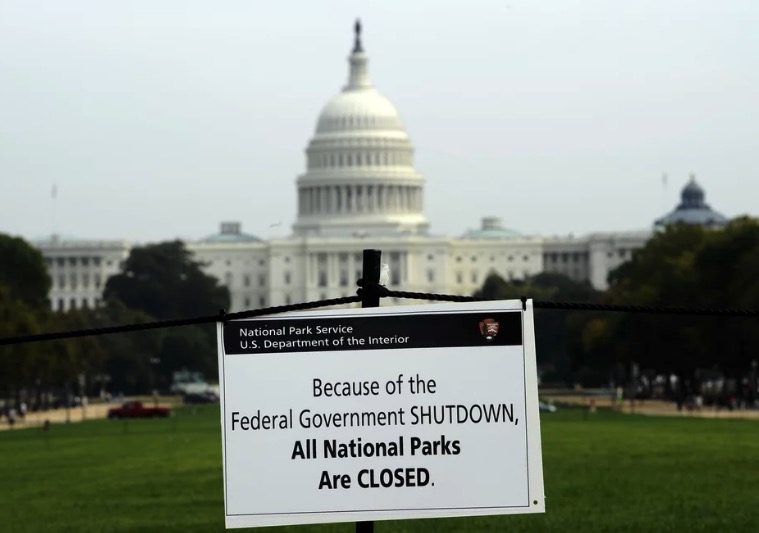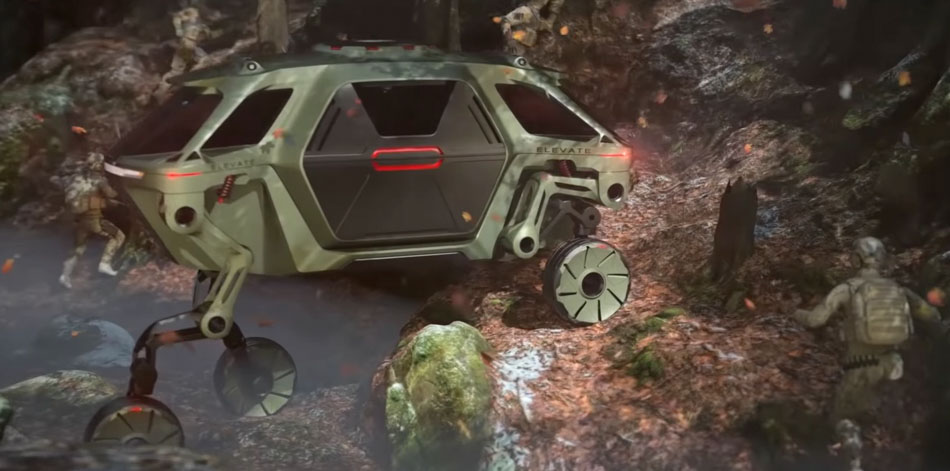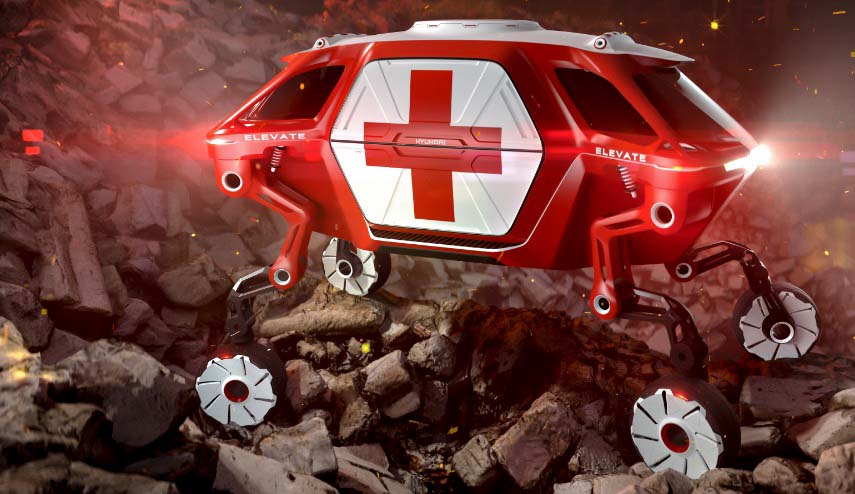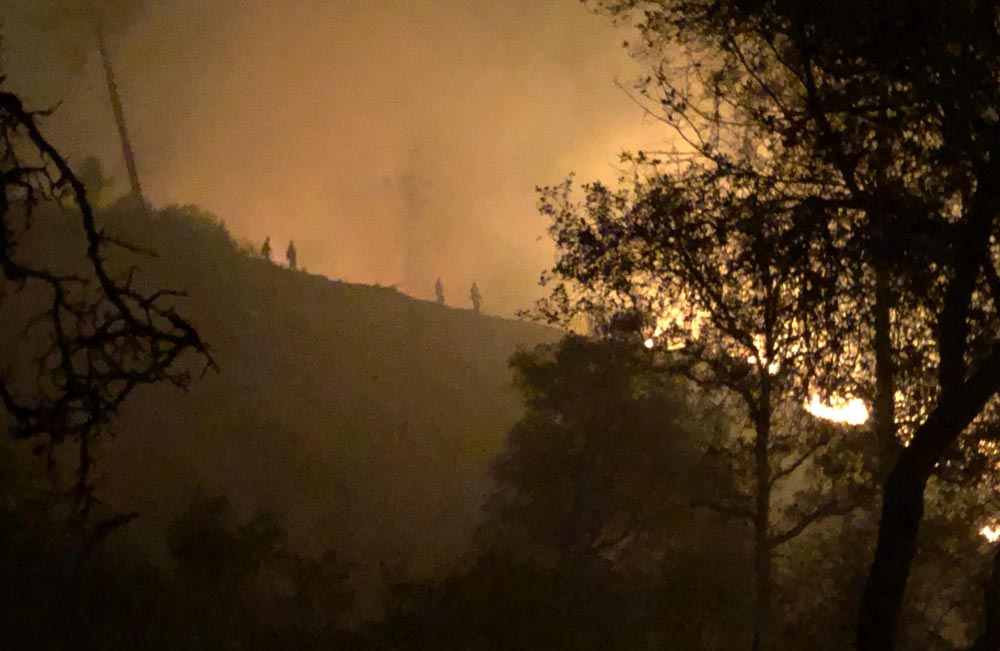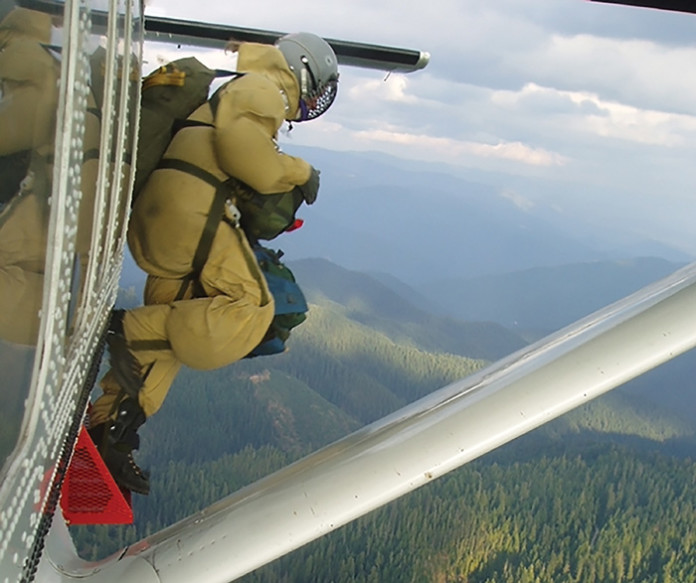
Dan Green sent us this description of one of the fires he worked on as a smokejumper in McCall, Idaho in 1969. He said it is a true story.
Four smokejumpers were working at the airport when we got the fire call. Jepson, a tall southern Idaho school teacher, Doc, a medical school student during the school year and a favorite companion in bars and a good hand with the ladies, myself, and the Ned, who will remain unnamed to protect the innocent (or guilty depending on your point of view). A small crew of four McCall jumpers getting a break from action in what had been a busy fire year.
I was on the top of the jump list and it was just a matter of time before I went out again on a fire. I told my wife not to expect me home for dinner.
Dry lighting had been forecast, so our crew was working at the airport where fast mobilization was assured. We were cutting grass around the airport lights — hard work with one of those scythes that remind you of the grim reaper. It was 1969, before the invention of weed eaters. Hand scythes were a good way to exercise the muscles that were used in digging fire line and we used them on a regular basis. We were all ready for something more exciting than cutting grass.
Multiple fire smokes had been reported that morning by fire tower lookouts scattered throughout the Payette National Forest, so we loaded a Doug (Douglas DC-3) with sixteen men and all their gear. It was a familiar drill; getting into jump suits, grabbing fire packs, picking out a lucky chute and reserve chute, loading a few other useful items like radios, water cubes, extra food rations (c-rations), chains saws and fire tools, and PGs (personal gear bags). Within fifteen minutes the Doug was rolling down the long runway of the McCall airport. Normally we took a smaller plane on patrol, but it was good to get airborne again and do what we were paid to do.
As the Doug banked into the sun we got our first good view of the towering thunderheads developing around Jug Handle Peak and extending all the way into the Secesh River (named for Civil War rebs that settled that part of Idaho). We could see occasional flashes of lightning cloud-to-cloud but no down strikes. The plane slowly straightened out and headed for the nearest cloud.
You never knew how long these patrols would last so I found a pile of fire packs to camp out on and made myself a makeshift bed. Sleep whenever the opportunity presented itself was something I had learned in a job where twenty hour days was not uncommon.
As I drifted off to sleep I heard “Torg” (Gene Torgenroot), our self-appointed smokejumper comedian, singing his ribald version of “You oughta’ go to North Dakota….” A couple of other buddies, Doc and Freeman started moving around gear for a better spot to rest. I caught a little of their conversation about a girl they had met at the Brass Lamp, our favorite watering hole in McCall. Jumpers were not very sensitive to feminist issues in the sixties, and the conversation was similar to a marine corps barracks.
The nap was short-lived as the Doug banked to avoid a thunderhead, it hit some strong turbulence and gear started sliding around. I grabbed the webbing on the inside of the fuselage to avoid sliding myself. Still no smokes, so some of the boys lit up their own smokes. The Forest Service, sometimes referred to by jumpers as the four-assed Service, provided free smokes on big fires and those who didn’t smoke (like myself) ratholed a good inventory for trading with smokers when they needed a hit of nicotine. A pack or two in my PG bag was always appreciated on a long hike out after a wilderness fire when other jumpers had run out of cigarettes.
Monotony set in as the drone of the twin engine plane made conversation difficult. No sign of fires and it looked like a long patrol. It was early in the fire season and sometimes smoke reports from green fire tower lookouts were unreliable. Right after a storm, steam rising from the ground can form wispy clouds that look like smokes. It took experience to sort these “water dogs” out from the real thing.
The DC-3 eased over the divide between the Payette River and the South Fork of the Salmon and turned up the Secesh River (tributary of the South Fork of the Salmon). I enjoyed a first-hand view of several mountain lakes that I had hiked into the previous summer. They were fantastic fishing for sixteen to eighteen inch cutthroat trout. A long trail-less hike with almost 3,000 foot vertical rise on way in, but definitely worth a return trip. Crossing over the Secesh we spotted a small smoke on a ridge top. The Doug dropped down for a closer look. It was a small spot fire burning in white bark pine and lodgepole at 8,400 feet. The fire was less than a quarter acre so it was a two-man fire. Our spotter, Smalljohn, gave me the heads up and I moved towards the door. The DC3 was easy to get out of, so we typically did two man sticks. First, the plane did a fly over to look at the spot and drop streamers to test the wind.
Continue reading “A smokejumper — alone and forgotten on a wilderness fire in 1969”



